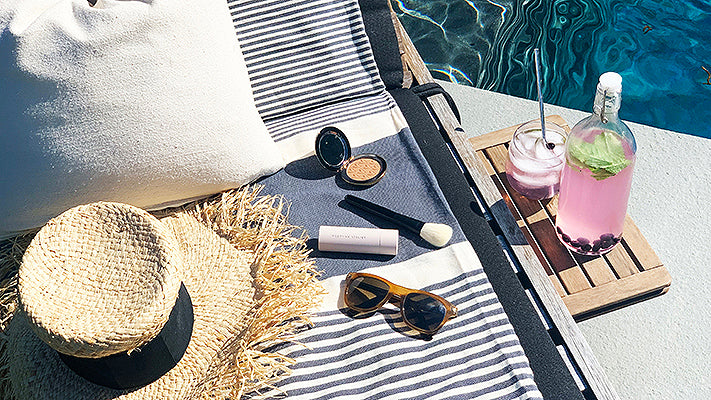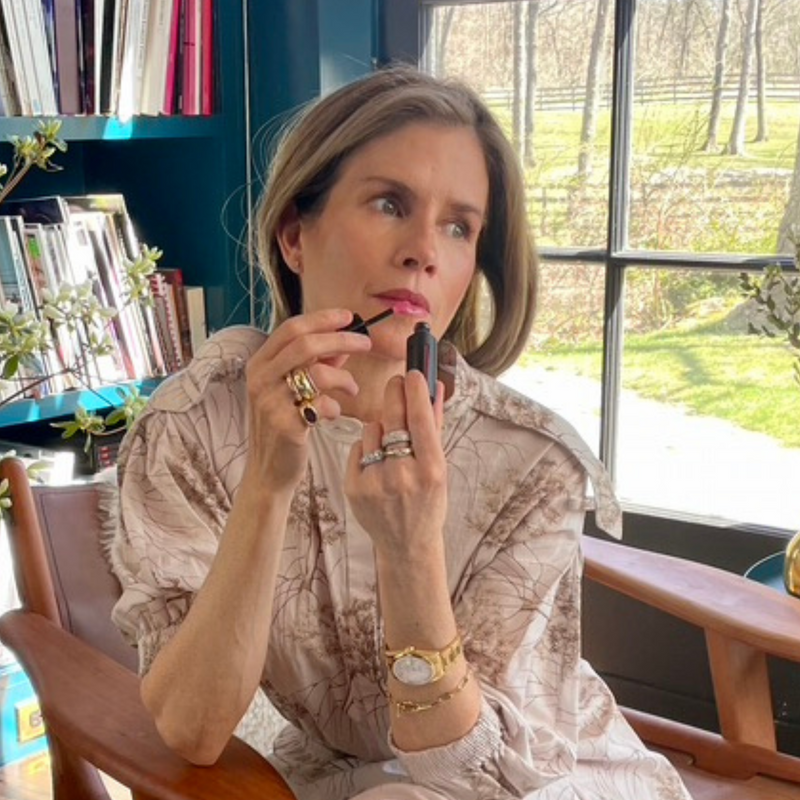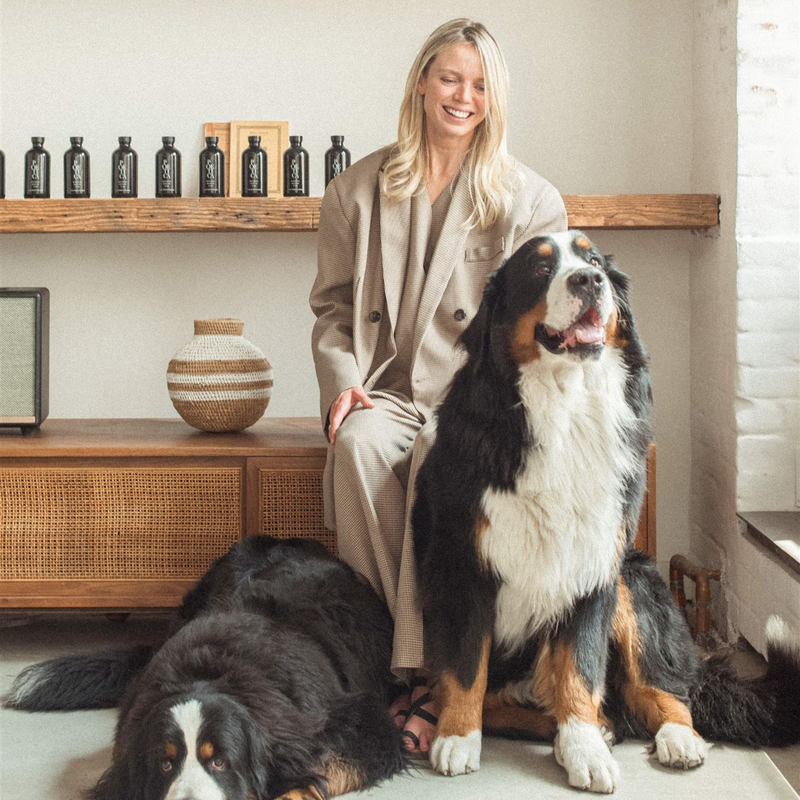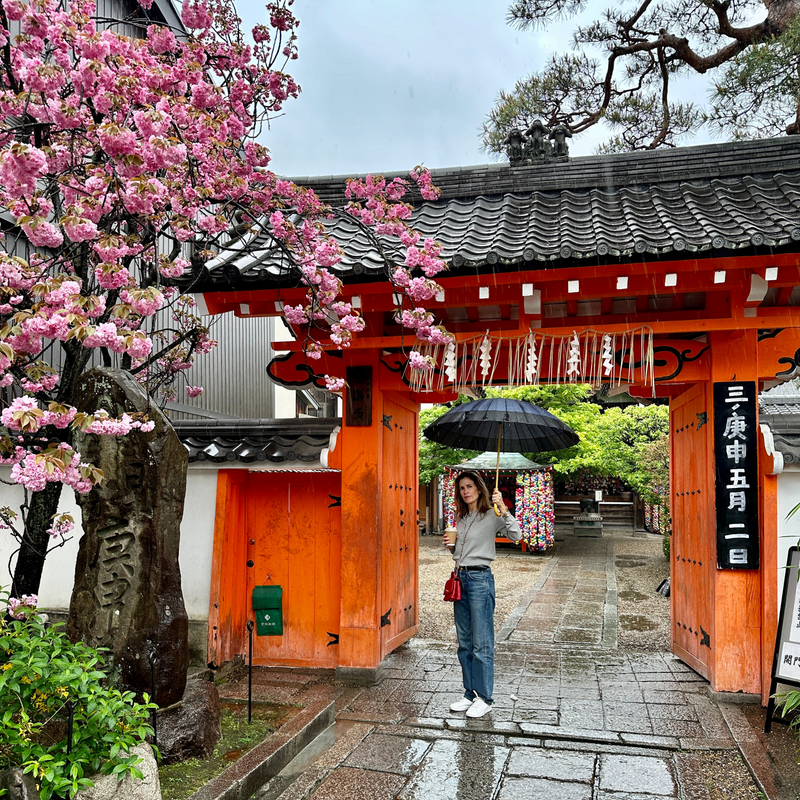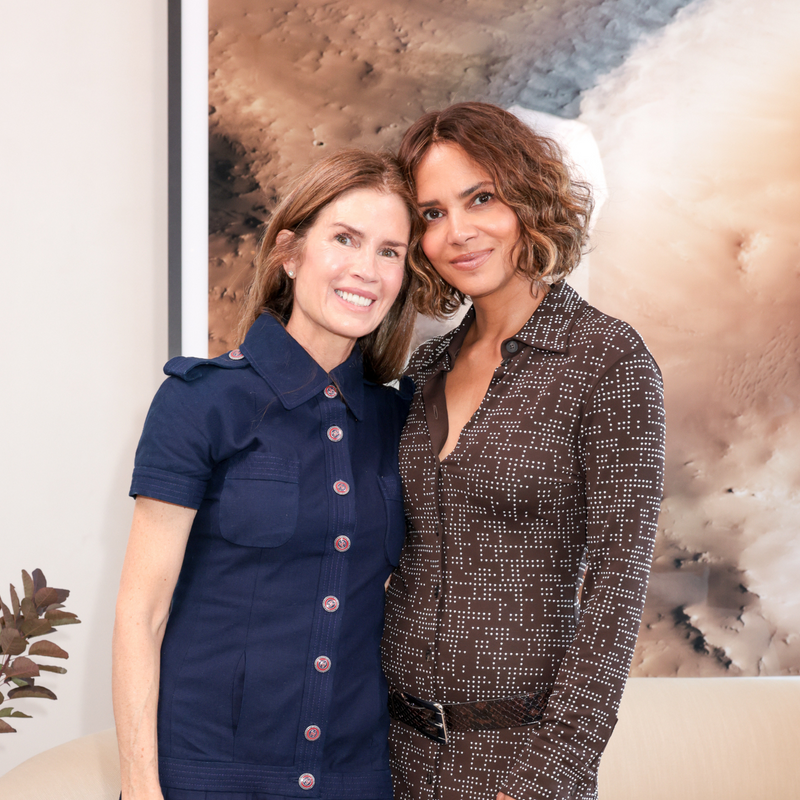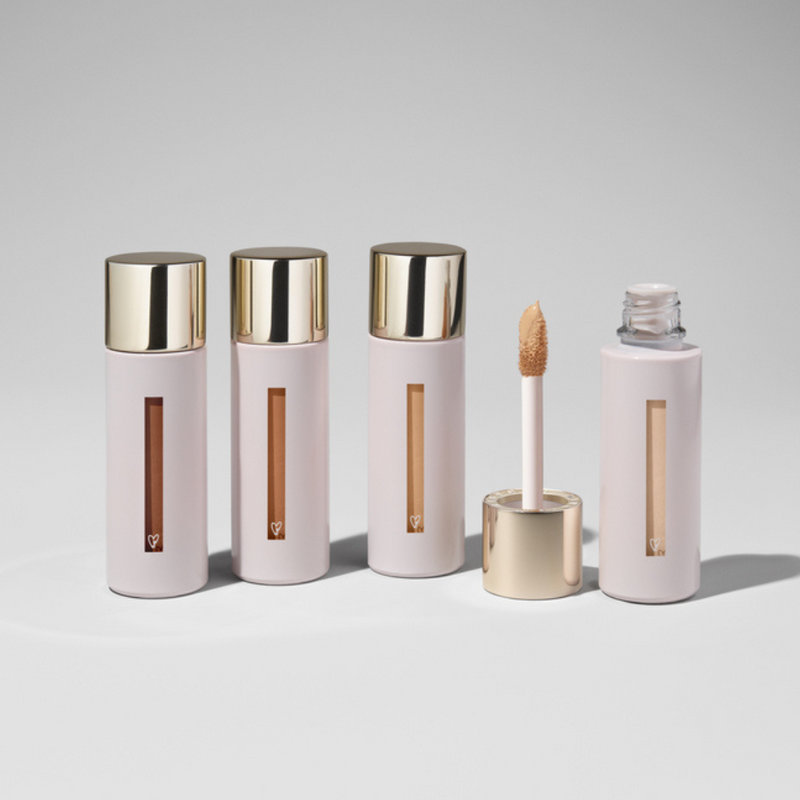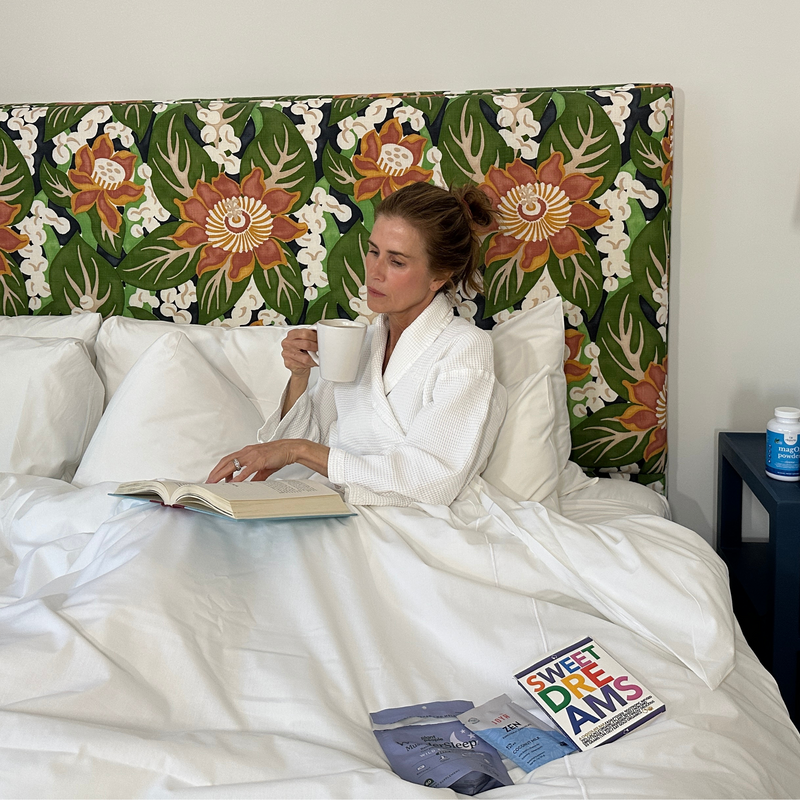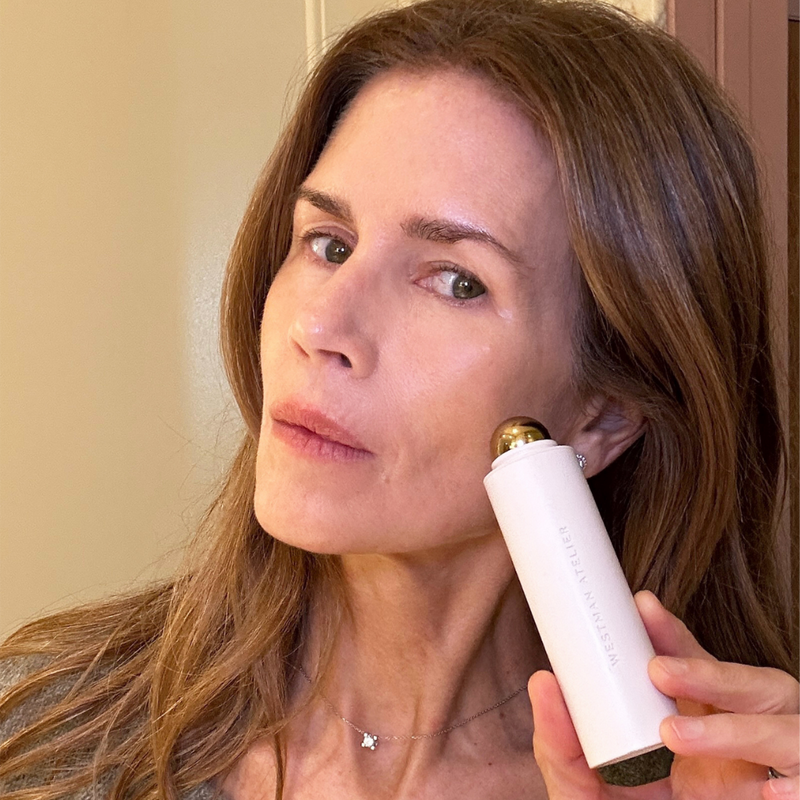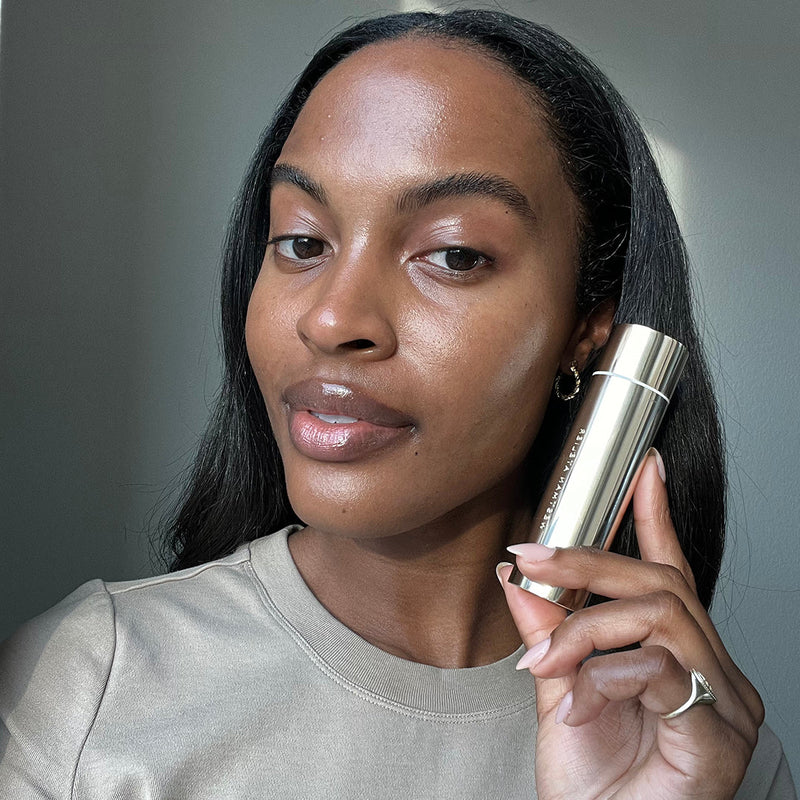Author: Lexy Lebsack
Between major sunscreen recalls, new medical research, and the ban of environmentally harmful ingredients in some U.S. regions, the public persona of sun protection has had a dizzying few years. But if there’s only one thing to know, it’s this: “Skin cancer is the most common cancer diagnosed in the United States—it's more common than breast and colon and lung and prostate all combined,” says Elizabeth K. Hale, MD, a board-certified dermatologist, Clinical Associate Professor of Dermatology at the New York University Langone Medical Center, and Vice President of The Skin Cancer Foundation. “Skin cancer is not just the most common type of cancer, it's the most preventable.”
That means no matter what’s happening in the sunscreen debate, it’s still far safer to use it than to go without. “We know sunscreens are safe and effective, and I'm referring to both physical and chemical ingredients, [because] they've all been studied for decades,” Dr. Hale says, noting that unlike many cosmetic categories, sunscreens are regulated by the FDA. What’s more, there’s skin damage to consider. “We think about 90% of skin cancer, as well as 90% of the signs of premature skin aging, are caused by unprotected sun exposure,” the doctor adds.
"Skin cancer is not just the most common type of cancer, it's the most preventable."
— Dr. Elizabeth K. Hale, MD
Still, selecting the right SPF, active ingredients, and formulation can be overwhelming. To help find the best sunscreen with the best performance that’s also best for the planet, we consulted top thought leaders for a sunscreen FAQ speed round, ahead.
What’s going on with skin cancer rates right now?
Unfortunately, skin cancer rates are increasing and are more common than any other kind of cancer in the U.S. One in five Americans will get skin cancer in their lifetime and the number of melanoma deaths is expected to increase by 6.5% in 2022, according to the Skin Cancer Foundation. “Skin cancer is one of the only cancers that's still increasing in incidence and prevalence, despite the fact that we know exactly what causes it,” Dr. Hale says. “There's a misconception, “Oh, it's only skin cancer, if I get it, I'll just have it removed,” which is true for some types of skin cancer, but not melanoma, which is the most deadly. [It’s also] the most common among young women [and] if it's not caught early, it can be potentially one of the most dangerous types of cancers.”
What if I haven’t been great with sun protection?
Sometimes people say, ‘Oh, the damage is already done. It's too late’ and I remind them that only 25% of our damage occurs by adulthood,” Dr. Hale says.
“There are studies out of New Zealand, for example, which is one of the biggest skin cancer capitals, that even people in their 50s who started wearing sunscreen every day, as opposed to just when they go to the beach, had less pre-cancer, less brown spots, less skin cancer [when followed over a 20 year period]. It's really never too late to make an impact.”
What’s the deal with mineral (also called physical) vs. non-mineral (often called chemical) sunscreens?
“Physical ingredients are zinc oxide and titanium dioxide and the chemical ingredients are basically all the others,” says Dr. Hale. In short, physical sunscreens use minerals (zinc oxide and titanium dioxide) to deflect rays, while non-mineral ingredients (such as avobenzone and oxybenzone) absorb the rays and turn them to heat.
Historically, non-mineral actives get more scrutiny as they can mimic hormones (called endocrine disruptors), which some find troubling since they’ve been shown to soak into the bloodstream, but more research is needed to determine the potential significance of such findings, says the FDA, which stresses that absorption does not necessarily equal risk.
Other organizations, like the Environmental Working Group (EWG), prefer to recommend mineral-based sunscreen lotion with active ingredients zinc oxide and titanium oxide, which offer good UV protection and have not been flagged for similar concerns. Whichever formula you choose, adds Hale, make sure that the words “broad-spectrum” appear on the label.

What does ‘broad-spectrum’ mean and why is it important?
‘Broad spectrum’ means that a sunscreen formula protects against both UVA and UVB rays. Think of it like this: UVA rays age the skin and UVB rays burn the skin. Skin cancer kills, so protection from both are vital.
What prompted the recall of some major sunscreens this year?
Last year, Johnson & Johnson voluntarily recalled some aerosol sunscreens from its brands Neutrogena and Aveeno after a report from U.S. laboratory Valisure found that some batches— which feature both mineral and chemical actives—tested positive for a problematic ingredient. “Benzene is a chemical carcinogen that's used in manufacturing of things like gasoline, petroleum, and plastics,” says Dr. Hale. “It's used in factories and somehow it did get into certain batches of sunscreen, but I really want to emphasize, it's not an issue with the sunscreen ingredients.”
“[These benzenes are in] the products by way of [manufacturing] contamination,” concurs Carla Burns, senior director of cosmetic science at the EWG. That means they’re not something that could have been spotted on an ingredient label. Further preventative measures, such as benzene contaminant testing, may one day become commonplace for manufacturers but for now, Dr. Hale says not to be over alarmed: “Maybe for the time being, let's stick with the sunscreen lotions, because we know those are safe formulations.”
Is there a ‘best’ type of sunscreen?
Bottom line: The best sunscreen for you is one you’ll actually wear. “I use a zinc-based formula on my face 365 days a year,” Dr Hale says. “But the chemical sunscreen ingredients are safe and effective and may help increase water and sweat resistance.” So, having a few in rotation is key: “You might want to get an elegant, transparent zinc formula for everyday use, but when you're thinking about a performance sunscreen for exercising at the beach or swimming in the pool, you might want to look for one that has chemical ingredients.”
If you prefer to use an exclusively mineral based sunscreen, the EWG’s best sunscreen lists is an easy starting point. A quick check will review whether the formula you are considering is one of the 285 options approved by the organization.
Can a sunscreen ever be called “clean?”
Gay Timmons, a veteran green chemistry advisor, founder of Oh, Oh Organic ingredient supply company, and well respected thought leader in the clean beauty space (she’s been nicknamed the “Godmother of beauty ingredients”), suggests thinking less about the term “clean” and more about trust: Beyond FDA testing and approval, is the sunscreen brand you shop from transparent about sourcing and ingredient testing? Does it match your values in terms of being organic or vegan? Does it take back (and recycle) its own packaging? Does a third party org recommend it? There’s no regulated industry standard for the term “clean,” so don’t let lingo be your only benchmark.
What about ocean-friendly, reef-safe formulas?
Some of the sunscreens that are potentially toxic to marine life are slowly being banned in places like Hawaii, Florida, and in island nations like The Virgin Islands and Australia. The National Oceanic and Atmospheric Administration has oxybenzone, octinoxate, nano-zinc oxide, nano-titanium dioxide, and many more on its list of offenders—and other chemicals, like avobenzone, are suspected to have a similar impact—so selecting non-nano zinc sunscreen or wearing clothing with protection (called UPF clothing) is best for protecting wildlife and your skin when you're ocean-bound. That said, it’s not just a beach vacation that demands consideration of this fact. Like the expression goes, all streams lead to the ocean, so the choices we make every day matter when washing residue down the drain.
Getting back to SPF basics, how high is high enough?
SPF 100 isn’t twice as strong as SPF 50, it’s barely even a few percent stronger. “SPF 15 blocks about 95%, SPF 30 up to 98%, above that it's a negligible increase,” says Dr. Hale. “So the quick rule is that SPF 30 is sufficient as it blocks up to 98% of ultraviolet rays.”
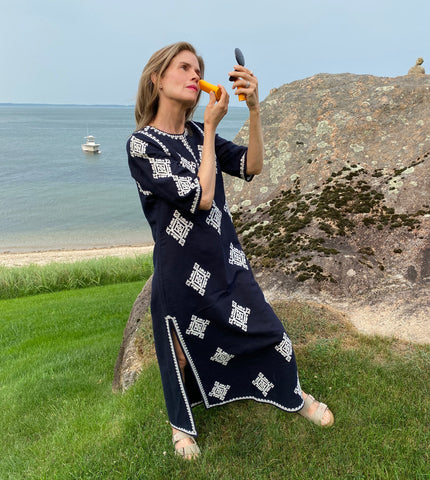
How much sunscreen do I need and how often should I apply?
According to the American Academy of Dermatology, a shot glass of sunscreen is about right for most adults to cover their whole body, which should be applied to dry skin 15 minutes before going outside and reapplied every two hours when outdoors, or after swimming or sweating, and according to the directions on the bottle.
Does sunscreen expire?
“Most sunscreens expire after two years,” Dr. Hale says. It's best if you can store it in a cool, dry environment, so your medicine cabinet is a much better option than your glove compartment or your golf bag. “If your sunscreen has turned colors or separated, it’s best to recycle and replace.”
Things seem to change overnight with sunscreen. How can I keep up on safety?
There’s a fine line between educating yourself and letting the latest sunscreen study ruin your vacation, so Timmons doesn't suggest consumers watch the play-by-play of sunscreen evolution. Do your homework, find a broad-spectrum formula you like, and stick with it.
Beyond wearing sunscreen, keep up with yearly skin checks at the dermatologist and monitor your moles closely for any changes in asymmetry, border irregularity, color variability, diameter, and darkness. Notice a change? Call your doctor. Staying proactive about your health is the best way to keep the forecast looking sunny.
***
To learn more about Westman Atelier's rigorous approach to safe ingredients, read all about our clean beauty promise.
Looking for more beauty lightbulb moments? Check out our complete guide to natural and artificial fragrance—and what exactly it means on your ingredients label—or watch actress Michelle Pfieffer get real on the subject.
A good sunscreen is an essential part of prepping your canvas for makeup. Watch Gucci's favorite skincare steps before applying Vital Skin foundation.

